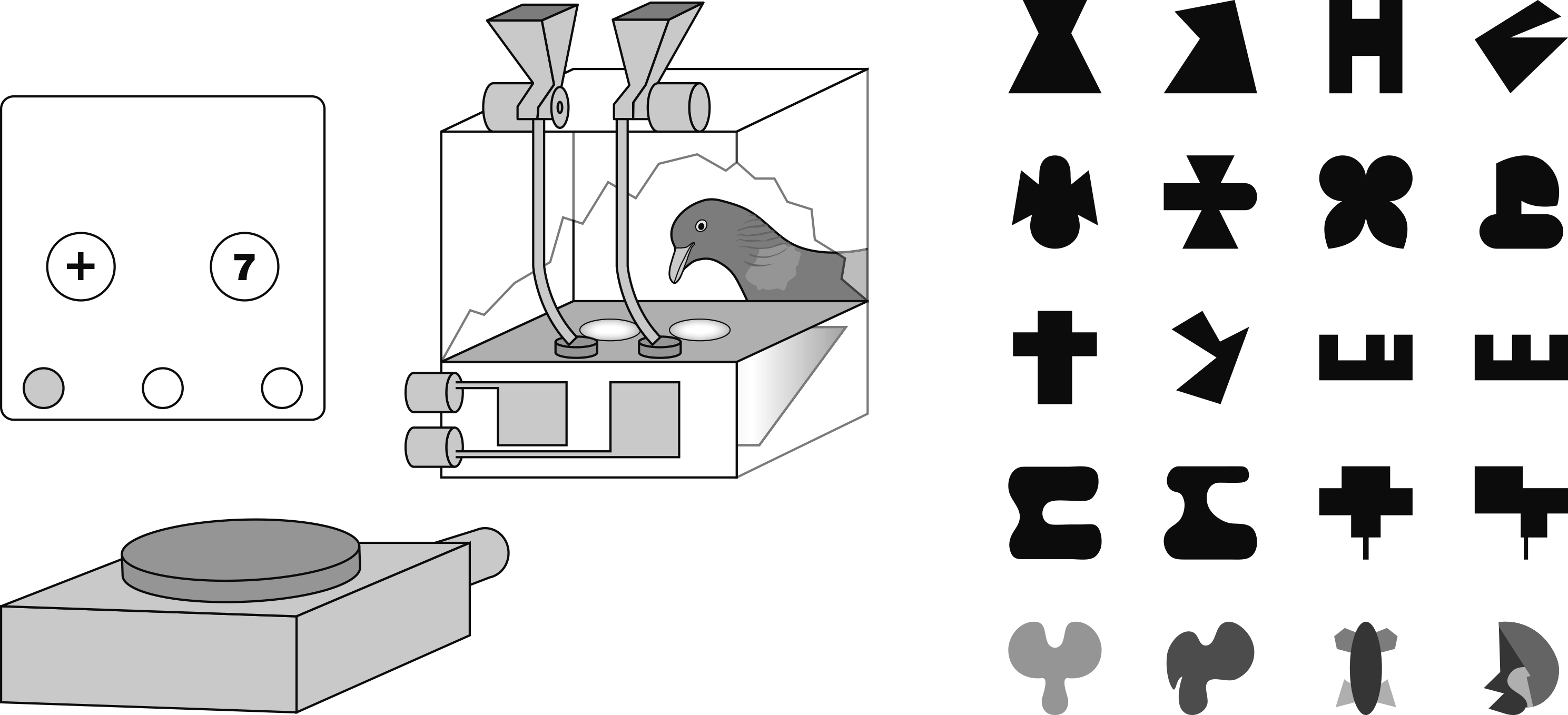
The pigeons' sense of symmetry
Psychologists at the University of Konstanz provide evidence for symmetry detection in pigeons.
How do animals perceive the world? Which types of information can they process, and which pieces of information are relevant to them? A psychology research team around Professor Emeritus Juan D. Delius at the University of Konstanz have found evidence that pigeons do not only have a sense of symmetry, but can also recognise symmetry. The research, published online in the scientific journal PLOS ONE in November 2017, includes fundamental insights into the visual perception of pigeons. One goal was to clarify contradicting results from previous pigeon studies conducted by several research teams.
"The ability to perceive symmetry is considered especially important in visual systems – also in artificial, electronic ones – for the conversion of two-dimensional projections received by the retina into more realistic three-dimensional objects", explains Juan D. Delius. "This ability might be important for pigeons – similar to other types of birds – when searching for food in optically busy environments and also when looking for a mate", the biopsychologist says.
First, Juan D. Delius and his team trained the pigeons to peck at symmetric black-and-white patterns by showing them both symmetric and asymmetric graphics on screens. When they pecked at symmetric patterns, they were rewarded with food. A second group of pigeons was trained to peck at asymmetric patterns.
In a second step the researchers exchanged the graphics with new, unknown patterns that also were either symmetric or asymmetric. This was necessary to make sure the pigeons did not simply learn the specific graphics by heart, but actually had to recognise the underlying principle of symmetry. With a success rate of around 80 percent, the pigeons could distinguish the symmetric patterns from the asymmetric ones.
To shore up their study, Delius and his team carried out intense background research on the perception of pigeons and in particular on the question how they perceive screen images. Pigeons perceive colours differently than humans do, and they can distinguish higher screen flicker frequencies. A TV image that seems perfectly smooth to humans might appear to flicker and pause for the pigeons. This preparatory work was necessary to make sure that the graphic patterns used in the study were adequate for the pigeons and that the birds could thus perceive them correctly. In this way, the researchers also tracked potential error sources in previous pigeon studies conducted by several research teams who also used computer screens and in part produced contradictory results. The scientists from Konstanz believe that screens with too low a range of frequencies, which could have distorted the pigeons' perception, could be one of the reasons for the contradictory results.
Original publication:
Juan D. Delius, Julia A. M. Delius, Jennifer M. Lee. Symmetry recognition by pigeons: Generalized or not? PLOS ONE, published online on 9 November 2017
http://journals.plos.org/plosone/article?id=10.1371/journal.pone.0187541
https://doi.org/10.1371/journal.pone.0187541
Facts:
- Current publication in PLOS ONE, published online on 9 November 2017.
- Study on symmetry detection in pigeons. Tracking potential error sources in previous pigeon studies that produced contradictory results.
- With a success rate of around 80 percent, the pigeons could distinguish between symmetric and asymmetric patterns.
- Funded by the German Research Foundation (DFG).
